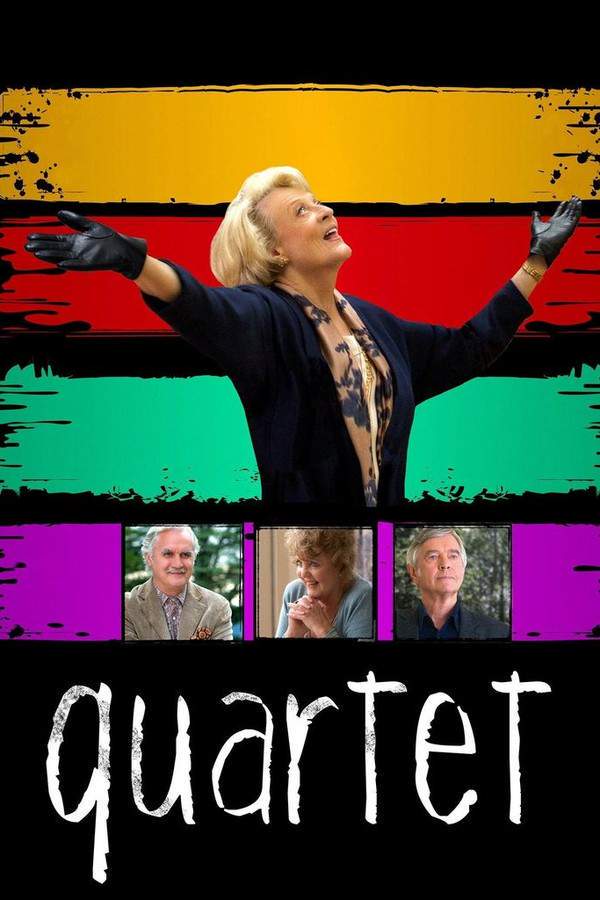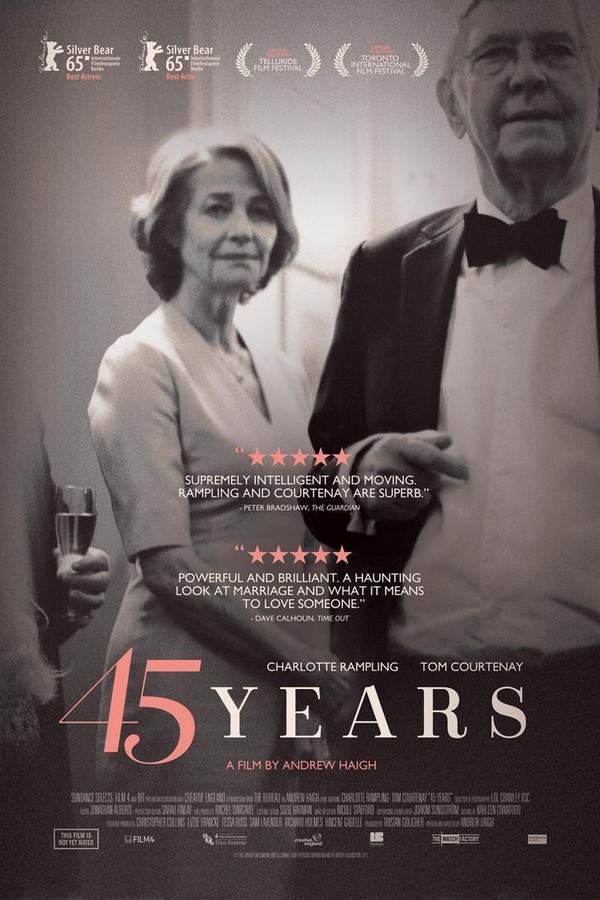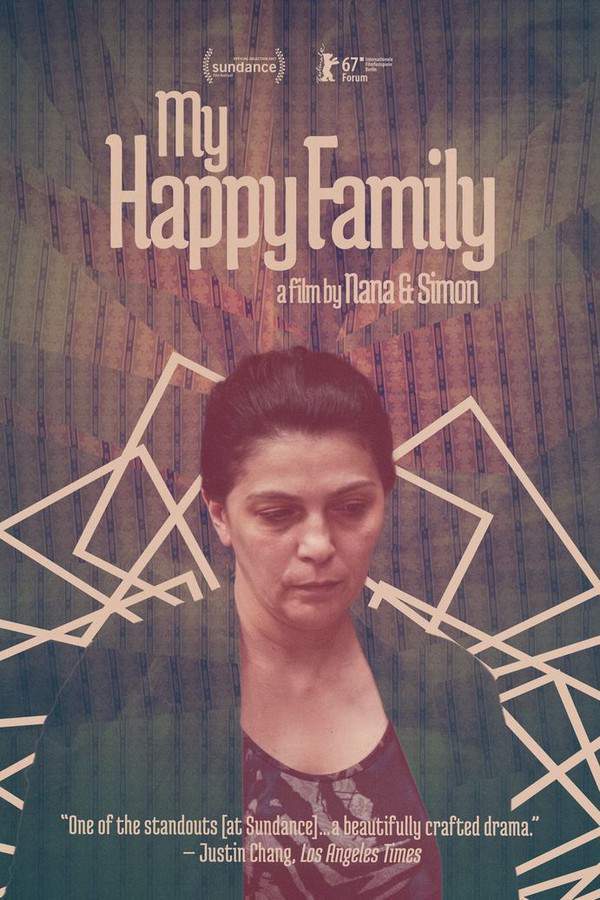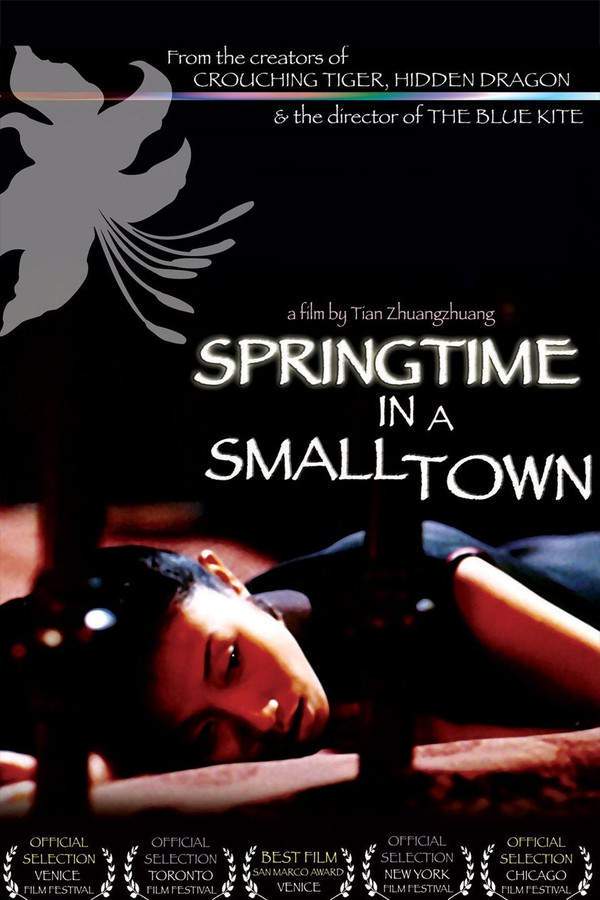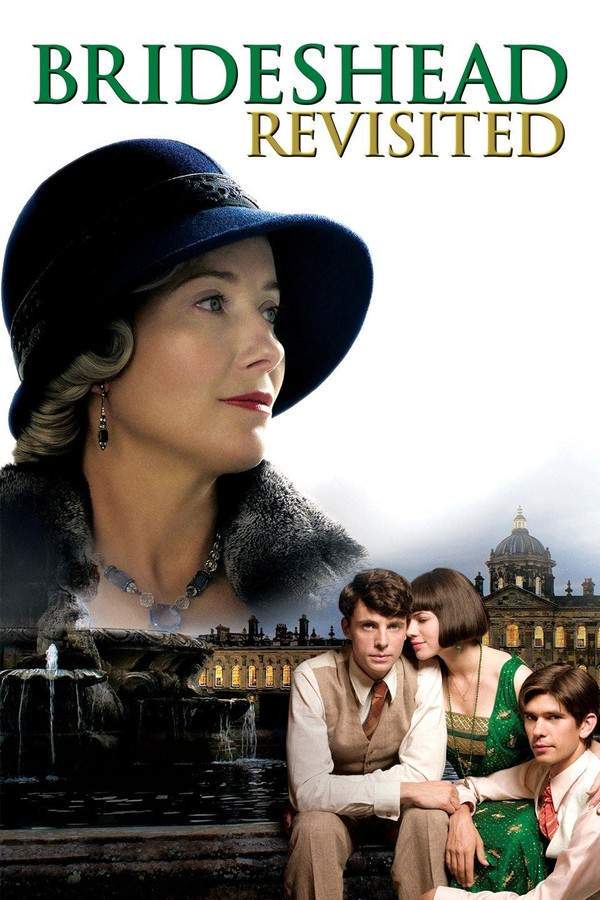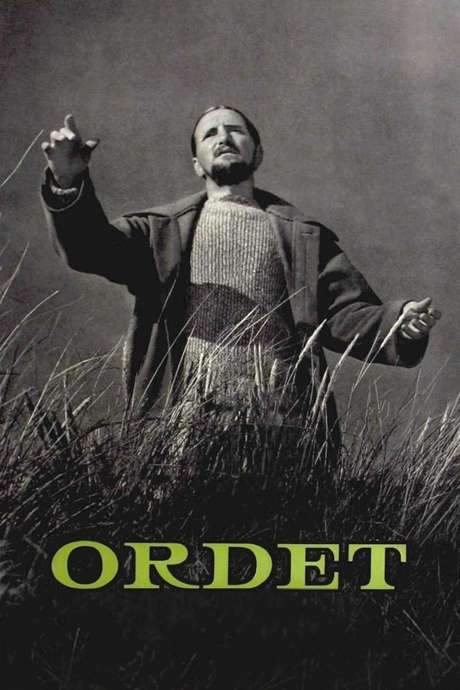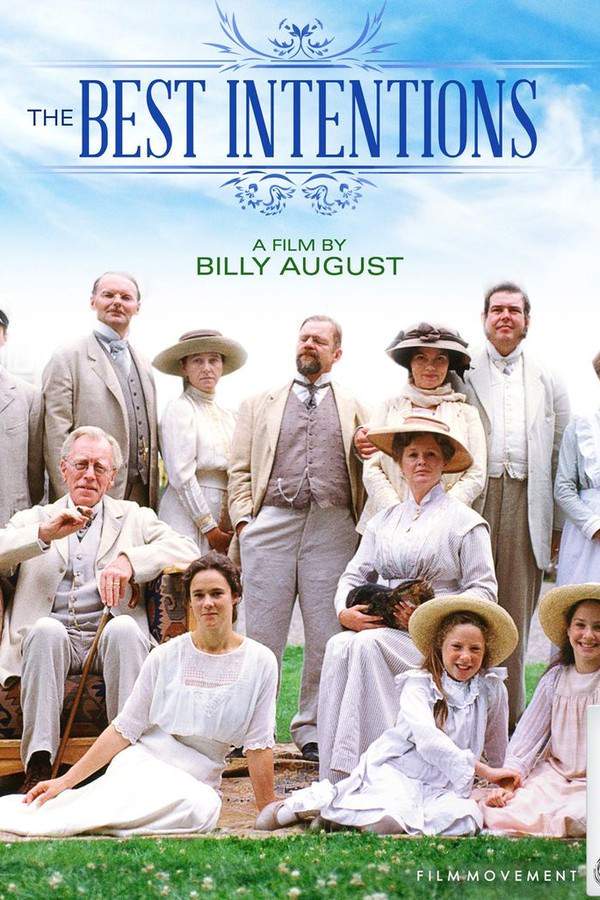
The Best Intentions
Year: 1992
Runtime: 180 min
Language: Swedish
Director: Bille August
In this drama, a couple's unusual romance unfolds as their son, Henrik, grapples with conflicting desires for a priestly vocation and a life of love and comfort. They leave the city for a peaceful rural setting alongside the wealthy Anna, but the differences in their social backgrounds create tension and challenge the foundations of their marriage, ultimately questioning the true nature of their intentions.
Warning: spoilers below!
Haven’t seen The Best Intentions yet? This summary contains major spoilers. Bookmark the page, watch the movie, and come back for the full breakdown. If you're ready, scroll on and relive the story!
The Best Intentions (1992) – Full Plot Summary & Ending Explained
Read the complete plot breakdown of The Best Intentions (1992), including all key story events, major twists, and the ending explained in detail. Discover what really happened—and what it all means.
In the early 20th century, Henrik Bergman is on a journey to become a parish minister within the Church of Sweden. His life takes a turn when he meets the wealthy Anna Åkerblom, introduced by his friend Ernst, Anna’s brother. Despite Anna’s vanity and perceived elitism, Henrik is drawn to her beauty and zest for life. Although he is in a sexual relationship with Frida, a waitress, Anna seduces him and proposes an engagement. As their relationship develops, Henrik discreetly continues his life with Frida. During a conversation with Anna’s mother, Karin, Henrik confesses his discomfort around the Åkerbloms. Karin candidly informs him that Anna would benefit from a more mature partner, implying that Henrik lacks the necessary qualities. She later shares with Anna that Henrik is still involved with Frida, leading to a halt in Henrik and Anna’s romantic rendezvous until Frida, concerned for Henrik’s unhappiness, persuades Anna to take him back.
While Anna seeks treatment for tuberculosis in Switzerland, a family member is dispatched to inform Henrik that she wishes to cut ties. Unknown to her parents, Anna sends a letter via Ernst to Henrik, expressing her desire to rekindle their relationship. Unfortunately, her father Johan discovers and destroys the letter, and when he passes away, Karin confesses her deed to Anna, who is enraged and seeks out Henrik. At that point, Henrik is set to move to Forsboda, a secluded village in northern Sweden for his new parish position, which is still under the care of an elderly and ailing minister. Anna decides to join him, and they marry despite societal class tensions.
Once settled in Forsboda, the couple welcomes their first son, Dag. However, Henrik finds himself embroiled in local labor disputes, as he stands against poor working conditions and opens his church for socialist meetings. His actions irritate Nordenson, who disapproves of Henrik’s progressive teaching methods that challenge traditional norms. Amidst this, the Bergmans take in Petrus, a troubled orphan. Their lives take another turn when they are summoned to Stockholm to meet Queen Victoria, who wishes to appoint Henrik as a chaplain at Sophiahemmet Hospital. During this encounter, Henrik boldly states, > “suffering is useless and God views the world with horror,” leading to tensions with the royal expectations. The Bergmans decline the offer, but their decision infuriates the village residents who were not consulted and were hurt by Henrik’s disparagement of Nordenson during church service.
As Anna approaches her second pregnancy, she insists on sending Petrus away, stating she never agreed to adopt him and has growing aversion toward the boy. Overhearing the conversation leads Petrus to kidnap young Dag and attempt to escape to an icy river. The Bergmans witness the abduction and chase after them, with Henrik rescuing Dag, but the confrontation sends Petrus away in fury. In despair, Anna becomes determined to leave Forsboda, taking Dag back to the Åkerblom home. Eventually, Henrik decides to accept the position in Stockholm and pleads for Anna to join him, to which she enthusiastically responds that it’s what she has always wanted.
Last Updated: November 16, 2024 at 11:17
Explore Movie Threads
Discover curated groups of movies connected by mood, themes, and story style. Browse collections built around emotion, atmosphere, and narrative focus to easily find films that match what you feel like watching right now.
Slow Burn Marital Dramas with Class Conflict like The Best Intentions
Intimate stories of love strained by the pressures of social inequality.If you liked The Best Intentions for its portrayal of a marriage strained by class differences, you'll find similar movies here. These dramas share a focus on slow-paced, character-driven narratives where love is tested by social and economic pressures, resulting in a bittersweet and reflective viewing experience.
Narrative Summary
These narratives typically follow a couple from different social spheres whose initial attraction is gradually eroded by the practical and psychological weight of their divergent backgrounds. The plot unfolds slowly, charting the accumulation of small slights, misunderstandings, and external pressures that challenge the foundation of their relationship, often leading to a resolution that acknowledges love but also the permanence of societal divides.
Why These Movies?
Movies in this thread are grouped by their shared focus on the intersection of romance and social class, their deliberate pacing that allows for deep character study, and their melancholic, often bittersweet tone. They prioritize emotional authenticity and social realism over dramatic spectacle.
Bittersweet Journeys of Faith and Personal Conflict like The Best Intentions
Character-driven stories of individuals torn between duty, faith, and earthly love.Find movies similar to The Best Intentions that explore the tension between spiritual vocation and human love. These character-driven dramas feature protagonists making difficult choices between duty and desire, resulting in emotionally complex and bittersweet narratives that are reflective and poignant.
Narrative Summary
The narrative pattern follows a central character, often in a period or socially restrictive setting, as they struggle to reconcile two incompatible paths. The external world often amplifies this internal conflict, forcing a choice that rarely offers complete satisfaction. The story arc is defined by sacrifice and the bittersweet acceptance of a life shaped by compromise.
Why These Movies?
These films are united by their focus on a specific type of moral and emotional dilemma, their moderate complexity in weaving personal struggle with broader themes, and their consistent bittersweet emotional payoff. They appeal to viewers who enjoy thoughtful, character-centered dramas about difficult life choices.
Unlock the Full Story of The Best Intentions
Don't stop at just watching — explore The Best Intentions in full detail. From the complete plot summary and scene-by-scene timeline to character breakdowns, thematic analysis, and a deep dive into the ending — every page helps you truly understand what The Best Intentions is all about. Plus, discover what's next after the movie.
The Best Intentions Timeline
Track the full timeline of The Best Intentions with every major event arranged chronologically. Perfect for decoding non-linear storytelling, flashbacks, or parallel narratives with a clear scene-by-scene breakdown.

Characters, Settings & Themes in The Best Intentions
Discover the characters, locations, and core themes that shape The Best Intentions. Get insights into symbolic elements, setting significance, and deeper narrative meaning — ideal for thematic analysis and movie breakdowns.

The Best Intentions Spoiler-Free Summary
Get a quick, spoiler-free overview of The Best Intentions that covers the main plot points and key details without revealing any major twists or spoilers. Perfect for those who want to know what to expect before diving in.

More About The Best Intentions
Visit What's After the Movie to explore more about The Best Intentions: box office results, cast and crew info, production details, post-credit scenes, and external links — all in one place for movie fans and researchers.




